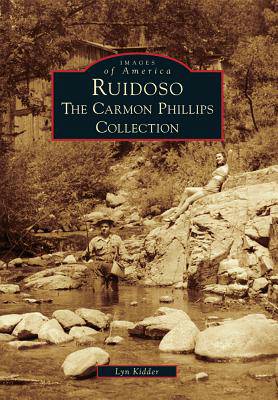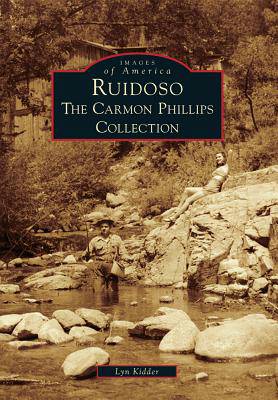
- Afhalen na 1 uur in een winkel met voorraad
- Gratis thuislevering in België vanaf € 30
- Ruim aanbod met 7 miljoen producten
- Afhalen na 1 uur in een winkel met voorraad
- Gratis thuislevering in België vanaf € 30
- Ruim aanbod met 7 miljoen producten
Zoeken
€ 33,95
+ 67 punten
Uitvoering
Omschrijving
Ruidoso, New Mexico, has long offered a cool, verdant haven to the many visitors who come to escape the desert heat. Commercial development of the area was hampered by the sheer difficulty in getting there--You just picked your way through the sand dunes, following someone else's tire tracks, an early visitor recalled. Eventually, the first private cabins in Ruidoso were built in 1915 and a few primitive lodging facilities were added in the 1920s and 1930s. The local economy slowed during the Great Depression, but visitors still came to the cool pines. World War II brought an influx of servicemen from nearby air bases, but it was during the period of postwar enthusiasm that the town really began to grow. Word spread about the little town in the tall pines, due in large part to the efforts of one of its newest residents--photographer Carmon Phillips.
Specificaties
Betrokkenen
- Auteur(s):
- Uitgeverij:
Inhoud
- Aantal bladzijden:
- 128
- Taal:
- Engels
- Reeks:
Eigenschappen
- Productcode (EAN):
- 9781467131858
- Verschijningsdatum:
- 23/06/2014
- Uitvoering:
- Paperback
- Formaat:
- Trade paperback (VS)
- Afmetingen:
- 163 mm x 231 mm
- Gewicht:
- 317 g

Alleen bij Standaard Boekhandel
+ 67 punten op je klantenkaart van Standaard Boekhandel
Beoordelingen
We publiceren alleen reviews die voldoen aan de voorwaarden voor reviews. Bekijk onze voorwaarden voor reviews.











